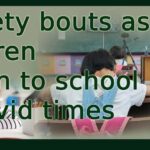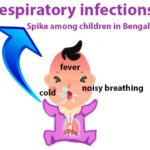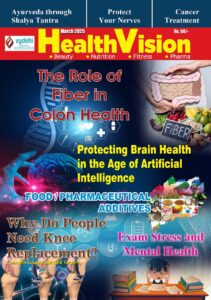

School Aged children Vision. A child needs many abilities to succeed in school. Good vision is a key. It has been estimated that as much as 20% of the learning a child does occurs through his or her eyes.
Reading, writing, chalkboard work, and using computers are among the visual tasks students perform daily. A child’s eyes are constantly in use in the classroom and at play. When his or her vision is not functioning properly, education and participation in sports can suffer.
As children progress in school, they face increasing demands on their visual abilities.
The school years are a very important time in every child’s life. All parents want to see their children do well in school and parents do all they can to provide them with the best educational opportunities, But too often one important learning tool may be overlooked – a child’s vision.
As children progress in school, they face increasing demands on their visual abilities. The size of print in schoolbooks becomes smaller and the amount of time spent reading and studying increases significantly. Increased class work and homework place significant demands on the child’s eyes. Unfortunately, the visual abilities of some students aren’t performing up to the task.
When certain visual skills have not developed, or are poorly developed, learning is difficult and stressful, and children will typically:
- Avoid reading and other near visual work as much as possible.
- Attempt to do the work anyway, but with a lowered level of comprehension or efficiency.
- Experience discomfort, fatigue and a short attention span.
Because vision may change frequently during the school years, regular eye and vision care is important. The most common vision problem is nearsightedness or myopia. However, some children have other forms of refractive error like farsightedness (Hypermetropia) and astigmatism.
In addition, the existence of eye focusing, eye tracking and eye coordination problems may affect school and sports performance.
- Eyeglasses or contact lenses may provide the needed correction for many vision problems.
Vision Skills Needed For School Success:
There are many visual skills beyond seeing clearly that team together to support academic success.
Vision is more than just the ability to see clearly, or having 20/20 eyesight. It is also the ability to understand and respond to what is seen. Basic visual skills include the ability to focus the eyes, use both eyes together as a team, and move them effectively. Other visual perceptual skills include:
- Recognition (the ability to tell the difference between letters)
- Comprehension (to “picture” in our mind what is happening in a story we are reading), and
- Retention (to be able to remember and recall details of what we read).
Every child needs to have the following vision skills for effective reading and learning:
- Visual acuity — the ability to see clearly in the distance for viewing the chalkboard, at an intermediate distance for the computer, and up close for reading a book.
- Eye focusing — the ability to quickly and accurately maintain clear vision as the distance from objects change, such as when looking from the chalkboard to a paper on the desk and back. Eye focusing allows the child to easily maintain clear vision overtime like when reading a book or writing a report.
- Eye tracking — the ability to keep the eyes on target when looking from one object to another, moving the eyes along a printed page, or following a moving object like a thrown
- Eye teaming — the ability to coordinate and use both eyes together when moving the eyes along a orinted page, and to be able to judge distances and see depth for class work and sports.
- Eye-hand coordination — the ability to use visual information to monitor and direct the hands when drawing a picture or trying to hit a ball.
- Visual perception — the ability to organize images on a printed page into letters, words and ideas and to understand and remember what is read.
If any of these visual skills are lacking or not functioning properly, a child will have to work harder. This can lead to headaches, fatigue and other eyestrain problems. Parents and teachers need to be alert for symptoms that may indicate a child has a vision problem.
Vision may change frequently during the school years, regular eye and vision care is important
Signs of eye & vision problems
- Frequent eye ribbing or blinking.
- Short attention span.
- Avoiding reading & other close activities.
- Frequent headaches.
- Covering one eye.
- Tilting the head to one side.
- Holding reading materials close to the face.
- An eye turning in or out.
- Seeing double.
- Losing place when reading.
- Difficult remembering what he or she reads.
FACTS
- Regular checkup necessary, Realize it’s IMPORTANCE
- Most refractive errors are sporadic, just a nature’s play. Only 3% are hereditary
- Glasses Number changes during growing age (till 18 yrs) despite wearing glasses & needs to be changed,
- Refractive errors should be detected early in age & glasses MUST be worn to prevent amblyopia.
- Watching TV from close distance is a symptom rather than cause,
Today’s children have high visually demanding tasks & hence even a small refractive error can give them eye strain.
For eye related problems contact
Narayana Nethralaya, Bangalore, Karnataka
Telephone no: +91-80-66121300-305
Email : info@narayananethralaya.com, info@nnmail.org
Website : www.narayananethralaya.org











